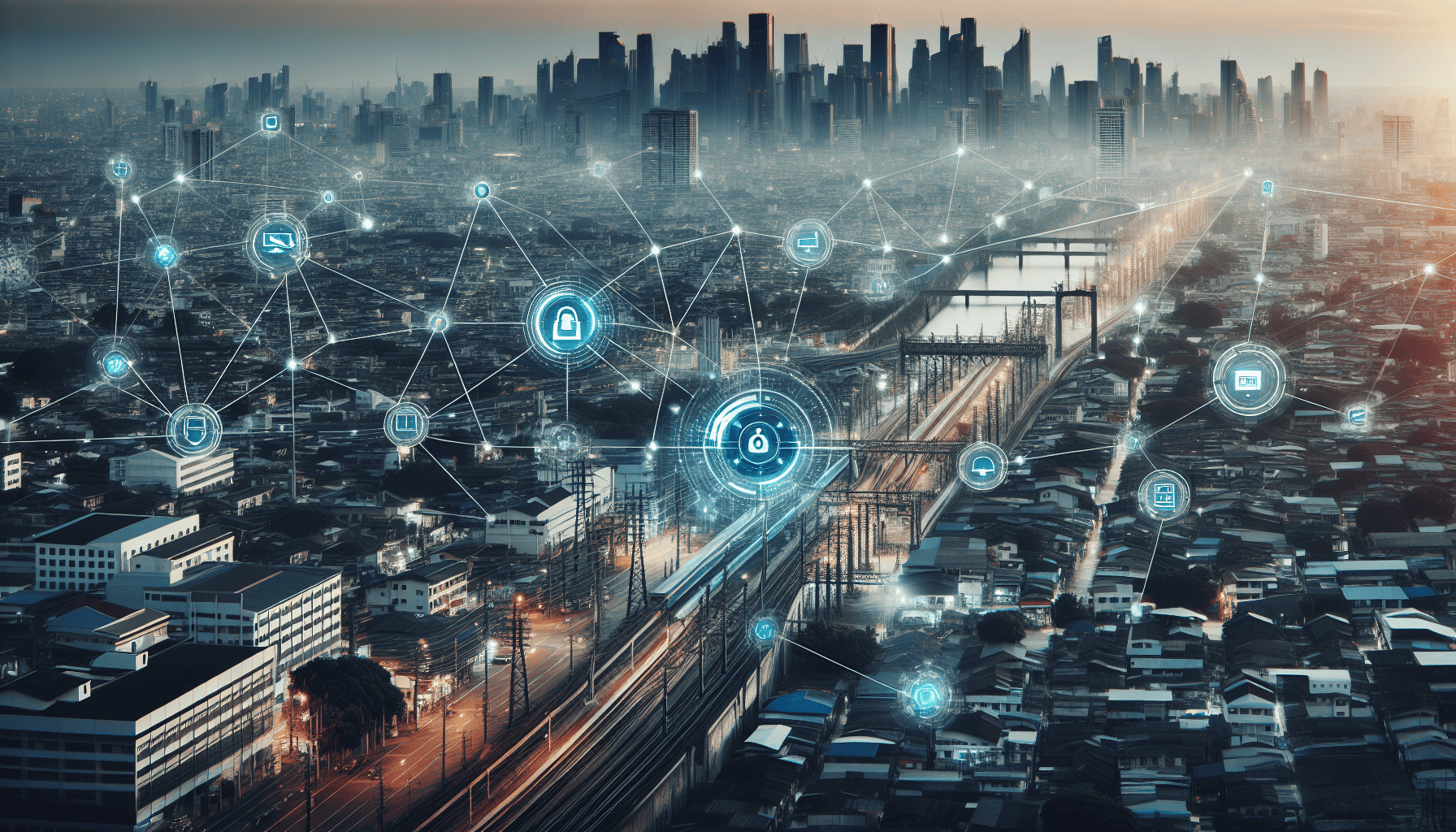In an era defined by the urgent need for sustainable energy solutions, smart grid technology emerges as a transformative force in how we generate, distribute, and consume electricity. At its core, a smart grid is an upgraded electrical grid that uses digital technology to monitor and manage the flow of electricity from all sources to meet the varying electricity demands of end-users.
One of the primary benefits of smart grid technology is its ability to integrate renewable energy sources more effectively. Traditional power grids struggle with the intermittency and variability associated with energy sources like solar and wind. However, smart grids employ advanced sensors, automated controls, and real-time data analytics to balance these fluctuations, thereby ensuring a steady and reliable supply of power. This not only enhances energy security but also significantly reduces reliance on fossil fuels, paving the way for a more sustainable future.
Furthermore, smart grids promote efficient energy use. Through smart meters and appliances, consumers can gain insights into their energy consumption patterns, enabling them to make informed decisions about their energy use. This transparency encourages energy conservation and helps reduce waste, leading to lower utility bills for consumers and decreased environmental impact.
In addition to improving energy efficiency and integrating renewable sources, smart grids also play a critical role in enhancing grid resilience. By providing real-time information on electricity consumption and grid performance, smart grids enable utility companies to quickly identify, isolate, and address power outages and other issues. This capability is particularly crucial in the face of increasing frequency and intensity of extreme weather events linked to climate change.
The transition to smart grid technologies also stimulates economic growth and job creation. Implementing these advanced systems requires a skilled workforce, leading to new opportunities in the fields of engineering, information technology, and energy management. Moreover, as countries and companies invest in smart grid infrastructure, there is potential for cutting-edge technological innovation and entrepreneurship.
However, the integration of smart grid technology is not without its challenges. Concerns over cybersecurity are paramount, as the digitalization of the grid makes it vulnerable to potential cyber attacks. Ensuring the protection of sensitive data and maintaining the integrity of grid operations are top priorities for stakeholders across the sector.
Additionally, the initial cost of upgrading to smart grid infrastructure can be prohibitive, particularly for developing regions. Governments and utilities must weigh these costs against the long-term benefits of energy savings, increased reliability, and reduced emissions. Encouragingly, as technology advances and economies of scale are achieved, these costs are expected to decline.
In conclusion, smart grid technology stands as a cornerstone in the pursuit of a more sustainable and resilient energy future. By enabling the seamless integration of renewable energy sources, promoting energy efficiency, and enhancing grid reliability, smart grids offer significant environmental, economic, and societal benefits. As global efforts to combat climate change continue to intensify, the adoption and expansion of smart grid technology will play a pivotal role in shaping a cleaner and more sustainable world.
